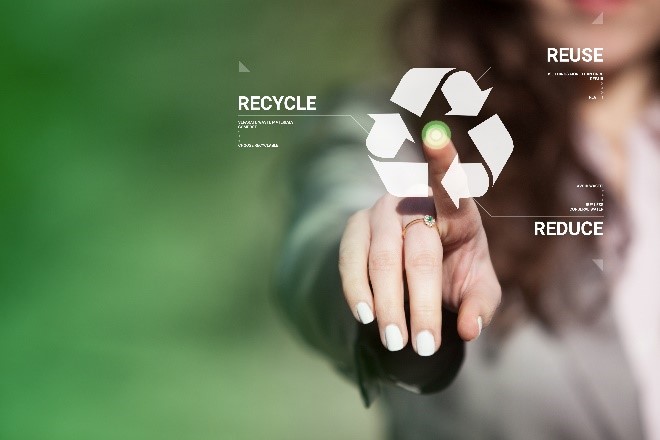The Upcycled Car
It reuses carbon dioxide. It reduces fossil fuels. It returns profits to investors. All rolled into one.
It’s not science fiction. Innovations in automaking are already incorporating carbon dioxide into new vehicles you can buy today, from the body to the tires, from the fittings to the fuel in the tank. Here’s how the upcycled car is steadily taking shape.
……………………………………………………
E-waste recovery with Dell computers
Robert Vinokurov, General manger, Client Services, Dell Technologies, ANZ in Achieving net zero with sustainable e-waste solutions: Reducing, reusing and recycling e-waste for a circular economy, (Sustainability Matters, Apr/May 2022) notes that the reduce, reuse, recycle slogan that we apply to plastics, homewares and other products hasn’t been readily applied to electronics, with only 17.4% of e-waste recycled in 2019.
A new global program – Asset Recovery Services – starting 2022 intends to change all this with the aim of achieving net-zero to landfill. Dell offers businesses the chance to mitigate their impacts while maximising value. Dell manages the pickup logistics of any brand of leased or owned hardware and sanitises the device to ensure data doesn’t fall into the wrong hands. The service prioritises reuse where possible.
- Asset Recovery Services helps companies resell, recycle or return-to-lease their legacy IT equipment in a secure and sustainable manner, while unlocking value that can be put towards future innovation.
………………………………………………………
Woven from waste – recycled yarn blankets
Made in Australia blankets and throws make an ideal gift for oneself or a friend. Geelong Textiles Australia, has repurposed their leftover upholstery yarns from commercial clients to save them from going to landfill. They can be repurposed over and over, from blankets, to coats or whatever takes our fancy. Prices range from $95 tp $275. www.geelongweavingmill.com.au
……………………………………………………….
We say ban ’em – the back story to the single use coffee pods.
Statista reports that in 2020, 40% of US households owned a single-serve brewing system, and this number is believed to have increased over the course of the pandemic.
But despite their immense popularity, coffee capsules have been the focus of many sustainability concerns over the past decade. Research from a UK coffee brand claims that out of the 39,000 capsules produced globally every minute, 29,000 go to landfill.
The two most common materials used to manufacture capsules include aluminium and plastic. And although aluminium is infinitely recyclable, the number of capsules sent to landfill doesn’t appear to be significantly decreasing.
Reinhard believes that certain demographics are more likely to disapprove of coffee capsules and pods.
“Younger people are particularly critical of capsules,” he explains.
In 2021, Forbes reported that most Generation Z consumers (people born after 1997) are willing to spend 10% more on sustainable products and brands. A similar trend is emerging with millennials.
Ultimately, this may mean that younger demographics are less likely to purchase capsules as a result of their greater focus on sustainability.
These growing concerns over capsule production have also led to several bans, most notably in Hamburg in 2019. The city’s council implemented a ban on purchasing “polluting” and “portioned packaging” products (which includes capsules).
However, some argue that the environmental issues with coffee capsules mostly lie with a lack of consumer knowledge around how to dispose of them.
“The vast majority of capsule consumers actually do not know how to correctly dispose of them,” Saul says. “They also do not know which materials the capsules are made of.
“Nespresso and other aluminium capsules can be recycled through dedicated return programmes, but many capsules still end up in landfill.”
MMM … Issue 31, July 2022



